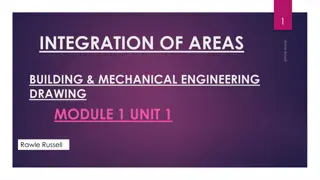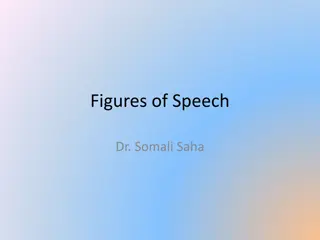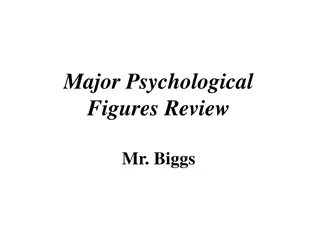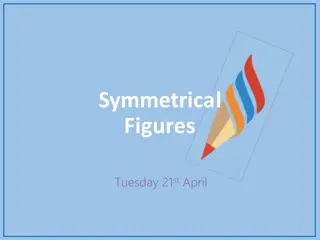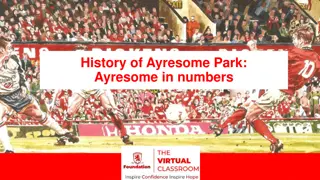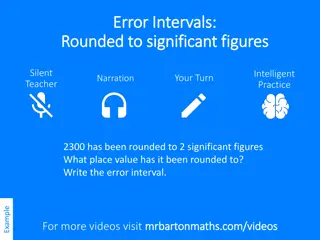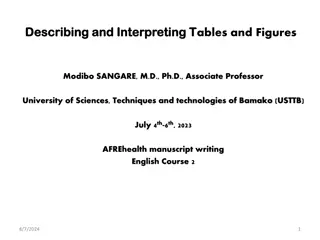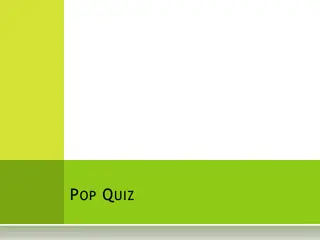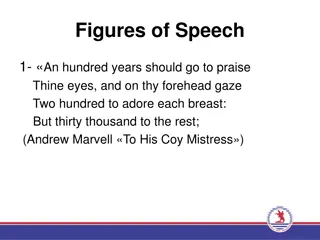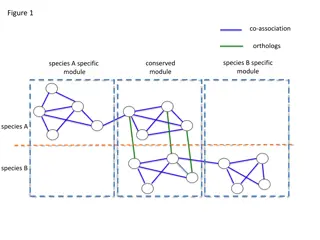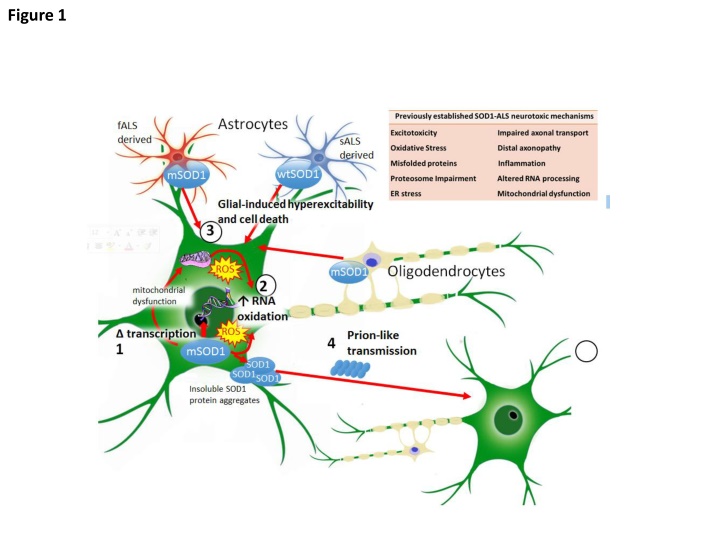
ALS: Mechanisms, Symptoms, and Management
Explore a detailed visual journey through the mechanisms, symptoms, and management of ALS (Amyotrophic Lateral Sclerosis). Figures depict glial dysfunction, axonopathy, symptomatology including depression, cognitive impairment, and pain, as well as comparisons of staging systems and quality of life aspects. Proposed figures showcase the management section, focusing on the mechanism of action of Riluzole and potential additional speculated mechanisms. Dive into the complex landscape of ALS through these illustrative insights.
Download Presentation

Please find below an Image/Link to download the presentation.
The content on the website is provided AS IS for your information and personal use only. It may not be sold, licensed, or shared on other websites without obtaining consent from the author. If you encounter any issues during the download, it is possible that the publisher has removed the file from their server.
You are allowed to download the files provided on this website for personal or commercial use, subject to the condition that they are used lawfully. All files are the property of their respective owners.
The content on the website is provided AS IS for your information and personal use only. It may not be sold, licensed, or shared on other websites without obtaining consent from the author.
E N D
Presentation Transcript
Figure 2 Glial dysfunction Axonopathy [Au: I ve reproduced this from the initial figure 2 you sent, as this figure had quite a lot going on and was difficult to follow. What are your thoughts on this? This is just a starting point - we can make this more complicated if you wish, to show more of the pathophysiology associated with glial dysfunction and axonopathy. We can also include the other mechanisms of ALS in this figure, such as excitotoxicity and oligodendrocyte loss, should you wish. We can add the genes associated with each mechanism into the figure legend]
Figure 3 Depression Cognitive impairment Pain Dysphagia Dysarthria Sialorrhoea Respiratory insufficiency Cramps Spasticity Spasticity Muscle weakness Muscle atrophy DVT
Figure 4 Comparison of the King s and MiToS staging systems for ALS - http://www.tandfonline.com/doi/pdf/10.1080/21678421.2016.1265565?needAccess=true
Figure 5 HRQOL Overall QOL Depression Hopelessness Anxiety Impaired VC Fatigue Pain Dysphagia Pseudobulbar ffect Negative Multidisciplinary clinic AAC devices Coping strategies Non-invasive ventilation Gastrostomy Support Existential Religion/spiritualty Positive
Proposed figure for Management section [Au: As Riluzole is currently the only therapy used for ALS, it would be good to add a figure showing the mechanism of action. I know the main mechanism is the inhibition of glutamate release, but we could also add the other, speculated mechanisms to this figure what do you think?]



